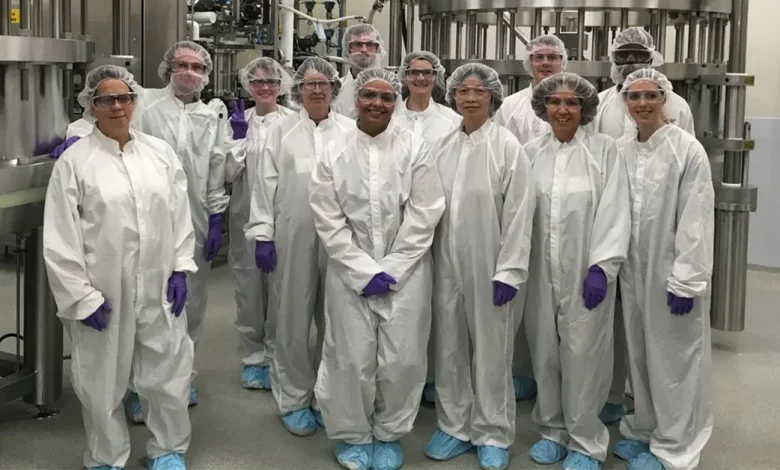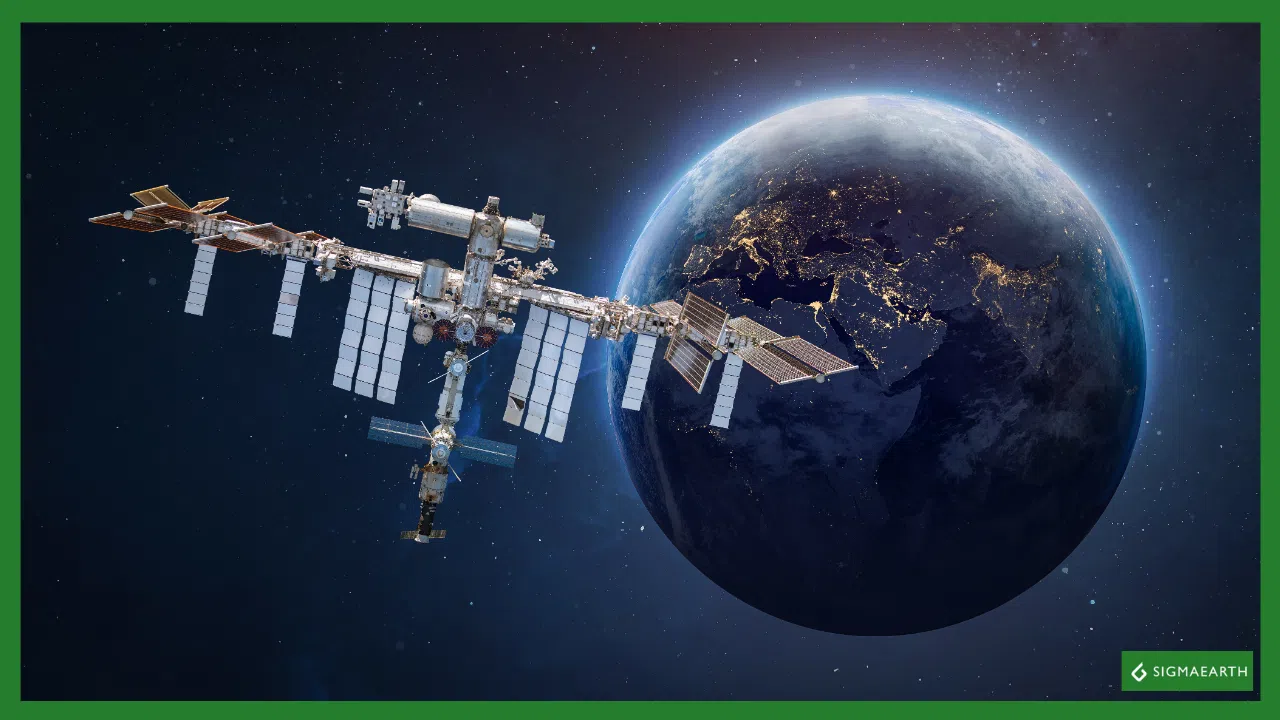- Courses
- GS Full Course 1 Year
- GS Full Course 2 Year
- GS Full Course 3 Year
- GS Full Course Till Selection
- Online Program
- GS Recorded Course
- NCERT (Recorded 500+ Hours)
- Polity Recorded Course
- Geography Recorded Course
- Economy Recorded Course
- AMAC Recorded Course
- Modern India, Post Independence & World History
- Environment Recoded Course
- Governance Recoded Course
- Science & Tech. Recoded Course
- International Relations and Internal Security Recorded Course
- Disaster Management Module Course
- Ethics Recoded Course
- Essay Recoded Course
- Current Affairs Recoded Course
- CSAT
- 5 LAYERED ARJUNA Mentorship
- Public Administration Optional
- ABOUT US
- OUR TOPPERS
- TEST SERIES
- FREE STUDY MATERIAL
- VIDEOS
- CONTACT US
Alternative to EVs: Hybrid vehicles
Alternative to EVs: Hybrid vehicles
05-02-2024
Context
Recently, a report from HSBC Global Research recommended that India should focus on embracing Hybrid Vehicles as a sustainable transportation option for the coming 5-10 years before fully shifting to Battery Electric Vehicles (BEVs).
What are Battery Electric Vehicles (BEVs)?
-
About:
- A Battery Electric Vehicle (BEV) is a kind of electric vehicle (EV) that powers its motor exclusively with battery-stored energy, without relying on an internal combustion engine (ICE) or hydrogen fuel cells for power.
- BEVs do not produce tailpipe emissions i.e. zero tailpipe emissions.
- BEVs operate their wheels using electric motors, delivering quick torque and even acceleration.
-
Battery Technology:
- BEVs use modern battery technology, mainly Lithium-ion (Li-ion) batteries, which provide high energy storage, longer distances, and better performance.
-
Charging Infrastructure:
- BEVs depend on a widespread network of charging spots for battery replenishment, including:
- Level 1 chargers, which connect to standard home outlets,
- Level 2 chargers found at specialized charging facilities,
- Level 3 chargers, offering quick DC charging.
- Public chargers, office settings, and residential areas are key to broadening the availability of charging options.
- BEVs depend on a widespread network of charging spots for battery replenishment, including:
-
There are four types of EVs
-
Hybrid Electric Vehicles (HEVs):
- These vehicles use both a conventional internal combustion engine (ICE) and an electric propulsion system.
- This dual-system approach significantly reduces fuel consumption. Example: The Toyota Hyryder is a popular hybrid in India.
- An ICE operates by burning fuel with an oxidizer in a combustion chamber to produce power.
- These vehicles use both a conventional internal combustion engine (ICE) and an electric propulsion system.
-
Plug-in Hybrid Electric Vehicles (PHEVs):
- PHEVs feature a drivetrain that combines an ICE with electric power, supported by batteries that can be recharged by plugging into an external power source.
- Example: The Chevrolet Volt
- PHEVs feature a drivetrain that combines an ICE with electric power, supported by batteries that can be recharged by plugging into an external power source.
-
Battery Electric Vehicles (BEVs) / Full Electric Vehicles:
- Example: include the Tata Nexon in India, as well as the Nissan Leaf and Tesla Model S internationally.
-
Fuel Cell Vehicles (FCVs):
- FCVs generate electricity by combining hydrogen with oxygen, powering the motor, with water being the only byproduct.
- Example: The Toyota Mirai and Honda Clarity
- FCVs generate electricity by combining hydrogen with oxygen, powering the motor, with water being the only byproduct.
-
What is the Progress of Electric Vehicle (EV) Adoption in India?
-
Investments pattern: India is making strides towards the electrification of its automotive sector, with major investments aimed at EV development.
- While some auto manufacturers are investing in EV technology, others are focusing on hybrids.
- Unequal Tax Structure: The government is providing tax incentives primarily for a specific category of cars.
- But, the other technological platforms in the automotive industry are grouped together in the upper end of the tax bracket, suggesting a tax structure that may not be equally favorable for all types of vehicular technologies.
- Focus on BEVs: The national plan for electric mobility primarily encourages the adoption of Battery Electric Vehicles (BEVs) to replace conventional internal combustion engine (ICE) vehicles.
- In this context lithium-ion (Li-ion) batteries are currently seen as the most practical choice.
Challenges in Adoption of Battery Electric Vehicles?
-
Government Subsidies:
- Global Success Scenario: Evidence from countries like Norway, the US, and China indicates that successful electric vehicle (EV) adoption is largely supported by government subsidies.
- Norway's approach to EVs has led to the creation of the most developed EV market globally by
- Exempting EVs from the high taxes applied to non-electric vehicles
- Allowing EVs to use bus lanes
- Making toll roads free for EVs, and
- Providing free charging in parking lots.
- Norway's approach to EVs has led to the creation of the most developed EV market globally by
- India’s Challenge: In India, however, tax breaks and subsidies tend to benefit the middle and upper-middle classes, who are mainly buying electric four-wheelers.
- This pattern of subsidy distribution creates a challenge in making the benefits accessible to a wider range of the population.
- Global Success Scenario: Evidence from countries like Norway, the US, and China indicates that successful electric vehicle (EV) adoption is largely supported by government subsidies.
-
Public Charging Infrastructure:
- Global Success Scenario: Norway and China, which are at the forefront of EV adoption, have seen success due to their continuous expansion of public charging facilities.
- China leads in the number of chargers, holding 85% of the world's fast chargers and 55% of slow chargers.
- Norway powers almost with 99% hydroelectric energy.
- India’s Challenge:
- India primarily relies on coal-fired thermal power plants for its electricity.
- A significant hurdle for India is its limited network of about 2,000 charging stations, compounded by the market's emphasis on two- and three-wheelers, each needing different charging solutions.
- World Bank analysis indicates that investing in charging infrastructure is four to seven times more effective in promoting EV adoption than offering subsidies for purchases.
- Global Success Scenario: Norway and China, which are at the forefront of EV adoption, have seen success due to their continuous expansion of public charging facilities.
-
Supply Chain Issues:
- The worldwide supply chain for essential components, such as lithium-ion batteries, is dominated by a few countries, raising concerns about supply chain reliability and reliance on certain nations for critical resources.
- Global Success Scenario: Over 90% of the world's lithium production is centralized in Chile, Argentina, Bolivia, along with Australia and China, while vital materials like cobalt and nickel are primarily sourced from the Congo and Indonesia.
- India’s Challenge: Consequently, India's supply for these components would largely depend on imports from a limited number of countries.
- India's demand for lithium-ion batteries is expected to surge at an annual growth rate of over 30% by volume upto 2030, necessitating over 50,000 tonnes of lithium for EV battery production alone.
-
Consumer Awareness and Education:
- Skeptical and ill-informed about BEV: A significant number of consumers might not be fully informed about the advantages of Battery Electric Vehicles (BEVs), and misunderstandings regarding their performance, charging options, and cost efficiency could hinder their acceptance.
- Preference for ICE: The preference of consumers for Internal Combustion Engine (ICE) vehicles due to brand attachment, perceived resale value, comfort, and the limited awareness of potential EV buyers about the benefits and features of electric vehicles exacerbates the issue.
Alternative: Hybrid Vehicles?
-
About:
- Hybrid vehicles use both a conventional Internal Combustion Engine (ICE) and an Electric Propulsion system, providing flexibility to run on either or both sources of power.
- While several hybrid systems exist, common types are:
- Parallel hybrids, where the vehicle can be powered separately by the engine or the electric motor.
- Series hybrids, where the electric motor exclusively propels the vehicle, and the ICE functions to produce electricity.
-
Significance:
- Medium-Term Practicality (5-10 years):
- Hybrids are viewed as a feasible option as India transitions towards fully electrifying its vehicle fleet over the next 5 to 10 years.
- Cost of Ownership:
- Hybrids, which utilize both gasoline and electric power, offer better fuel efficiency than traditional vehicles, leading to long-term savings for owners.
- Decarbonization Contribution:
- Playing a significant role in India's decarbonization efforts, hybrids have lower overall carbon emissions (well-to-wheel, or WTW) compared to electric and traditional ICE vehicles of similar size.
- For example, hybrids emit 133 grams of CO2 per kilometer, 16% less than the 158 grams per kilometer emitted by EVs.
- Well-to-wheel emissions consider not just the emissions from the vehicle's operation (tank-to-wheel, or TTW) but also from the entire lifecycle, including crude oil extraction, refining, and electricity generation.
- The relatively lower initial cost of hybrids can motivate a broader adoption of low-emission vehicles, supporting India's decarbonization goals.
- Playing a significant role in India's decarbonization efforts, hybrids have lower overall carbon emissions (well-to-wheel, or WTW) compared to electric and traditional ICE vehicles of similar size.
- Medium-Term Practicality (5-10 years):
Other Possible Alternative Technologies to BEVs?
-
Ethanol & Flex Fuel:
- Flex fuel vehicles are capable of using various types of fuels, including ethanol, which helps decrease dependence on fossil fuels.
- Challenges:
- Government Control & Price Volatility: Ethanol prices, being government-regulated, may frequently change.
- Consumer Cost Benefits: While ethanol is cheaper than petrol, the savings might not reach consumers as oil companies could absorb the price difference.
- Infrastructure Investment: Significant investment by oil companies is necessary to accommodate new blends and the current 10% ethanol blend for existing vehicles.
- Dependency on Sugarcane: Ethanol supply in India heavily relies on sugarcane, a crop that consumes a lot of water. Drought conditions could affect the availability of ethanol for blending.
-
Fuel Cell Electric Vehicles (FCEVs) & Hydrogen ICE:
- FCEVs operate using hydrogen fuel cells to generate electricity, with water as the sole emission, making them a clean alternative to battery electric vehicles (BEVs).
- Hydrogen ICE vehicles combust hydrogen in traditional internal combustion engines, presenting a more straightforward, cost-effective option compared to BEVs.
- Challenge: But both FCEVs and Hydrogen ICE vehicles face challenges related to infrastructure and achieving completely emission-free operations.
- FCEVs operate using hydrogen fuel cells to generate electricity, with water as the sole emission, making them a clean alternative to battery electric vehicles (BEVs).
-
Synthetic Fuels:
- Porsche is working on synthetic fuels that could render internal combustion engines (ICEs) carbon-neutral, potentially prolonging the lifespan of ICE vehicles.
- These synthetic fuels are created from carbon dioxide and hydrogen, utilizing renewable energy sources, and may be applicable in a wider range of uses.
What are Some Government Initiatives to Promote EV Adoption?
-
Faster Adoption and Manufacturing of Electric Vehicles (FAME) Scheme II
- National Electric Mobility Mission Plan (NEMMP)
- National Mission on Transformative Mobility and Battery Storage
- Go Electric campaign
- Production Linked Incentive (PLI) scheme:
- Incentives for the manufacturing of EVs and components
- Ministry of Power's Revised Guidelines on Charging Infrastructure:
- At least one charging station to be present in a grid of 3 km and at every 25 km on both sides of the highways.
- Amendment to Model Building Bye-laws, 2016 (MBBL):
- Mandatory to set aside 20% of the parking space for EV charging facilities in residential and commercial buildings.
- India’s support to the global EV30@30 campaign.



